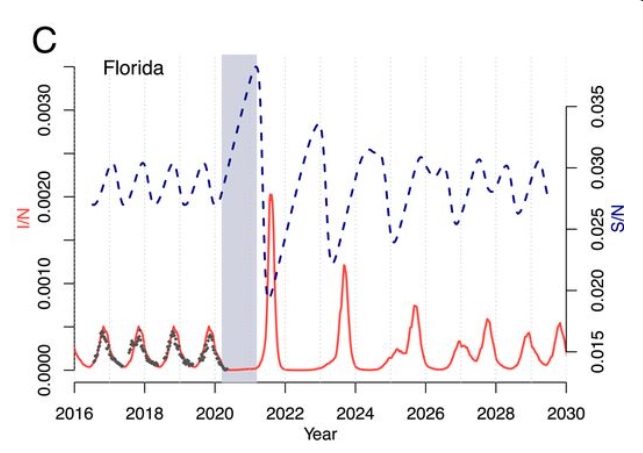Circadian Rhythms in Hormone-sensitive Lipase in Human Adipose Tissue: Relationship to Meal Timing and Fasting Duration
María Arredondo-Amador, The Journal of Clinical Endocrinology & Metabolism, Volume 105, Issue 12, December 2020,
Background
Fat mobilization in adipose tissue (AT) has a specific timing. However, circadian rhythms in the activity of the major enzyme responsible for fat mobilization, hormone-sensitive lipase (HSL), have not been demonstrated in humans.
Objective
To analyze in a cross-sectional study whether there is an endogenous circadian rhythm in HSL activity in human AT ex vivo and whether rhythm characteristics are related to food timing or fasting duration.
Methods
Abdominal AT biopsies were obtained from 18 severely obese participants (age: 46 ± 11 years; body mass index 42 ± 6 kg/m2) who underwent laparoscopic gastric bypass. Twenty-four-hour rhythms of HSL activity and LIPE (HSL transcript in humans) expression in subcutaneous AT were analyzed together with habitual food timing and night fasting duration.
Results
HSL activity exhibited a circadian rhythm (P = .023) and reached the maximum value at circadian time 16 (CT) that corresponded to around midnight (relative local clock time. Similarly, LIPE displayed a circadian rhythm with acrophase also at night (P = .0002). Participants with longer night fasting duration >11.20 hours displayed almost double the amplitude (1.91 times) in HSL activity rhythm than those with short duration (P = .013); while habitual early diners (before 21:52 hours) had 1.60 times higher amplitude than late diners (P = .035).
Conclusions
Our results demonstrate circadian rhythms in HSL activity and may lead to a better understanding of the intricate relationships between food timing, fasting duration and body fat regulation.














